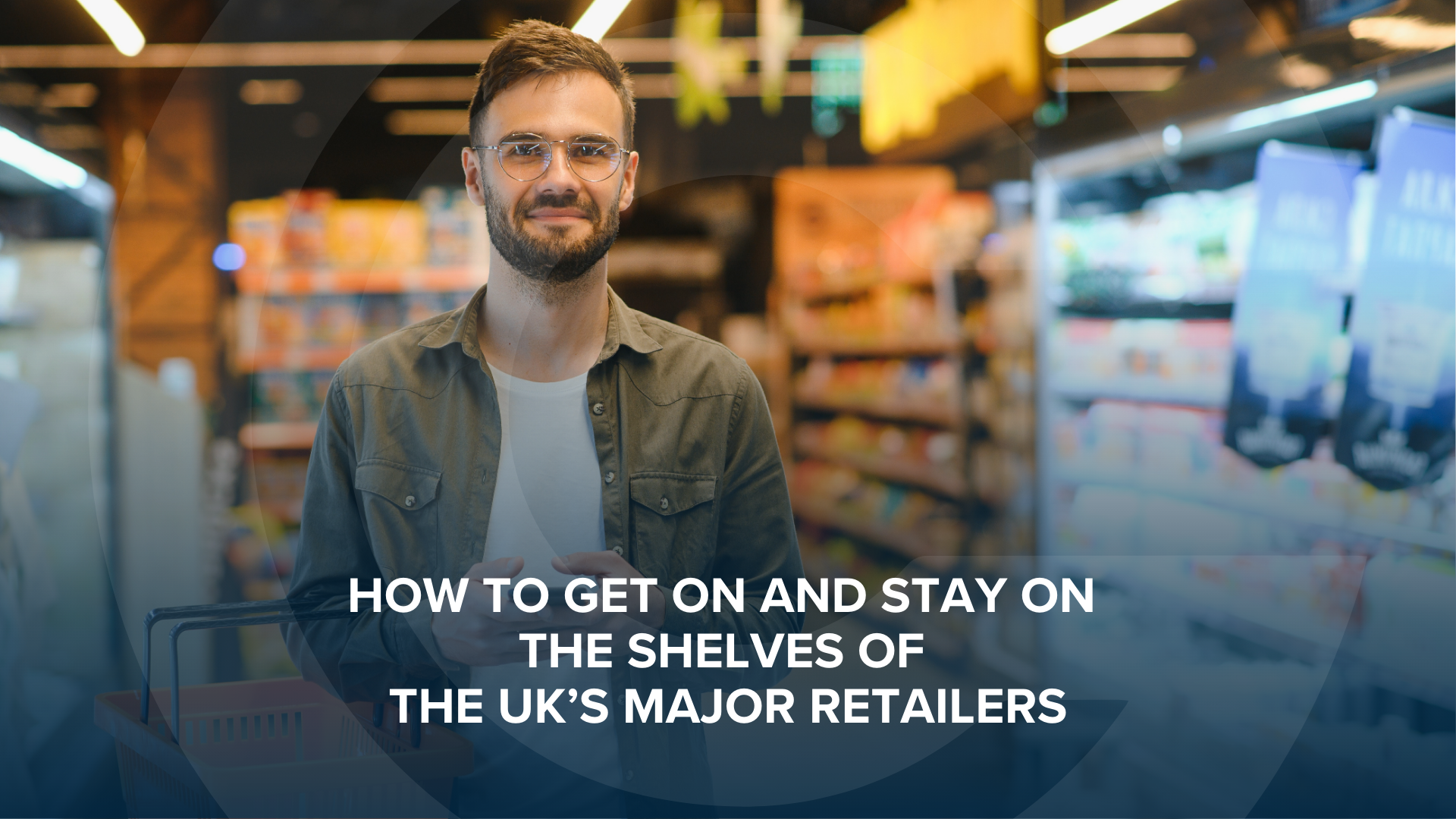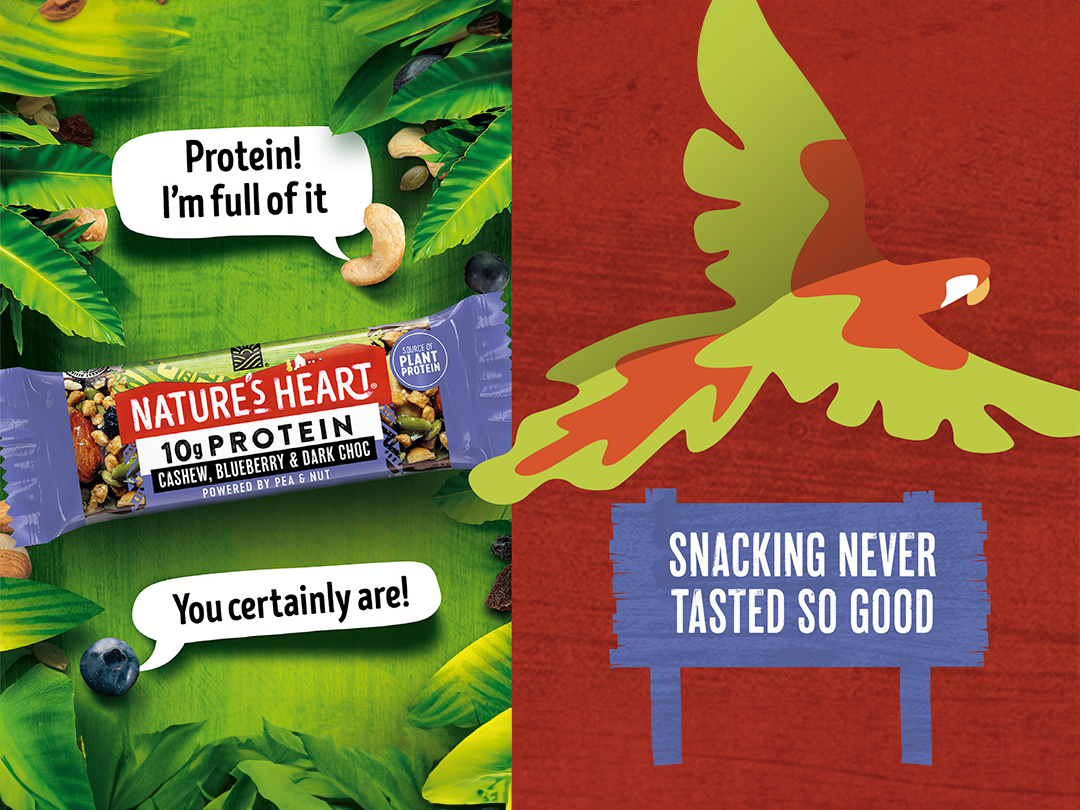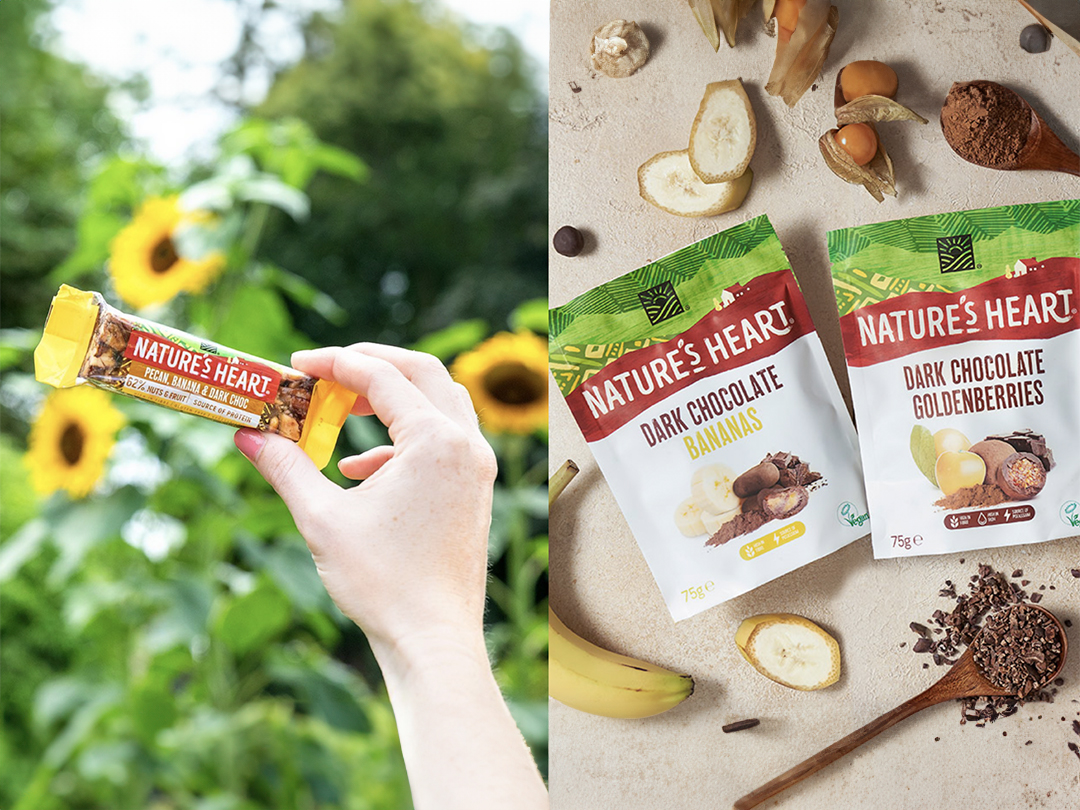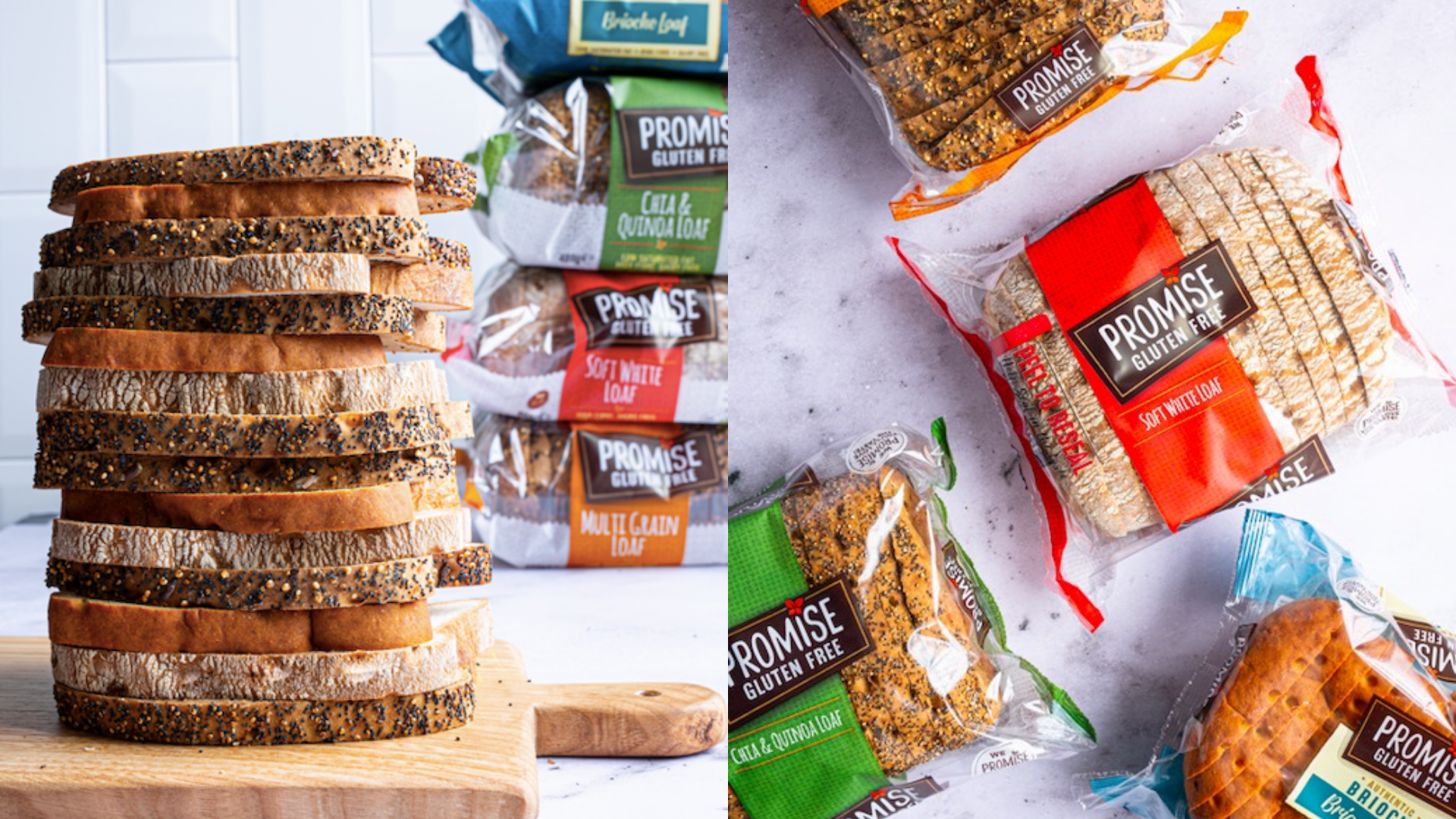
January 9, 2025
In Blogs

For the first time since 2021, confidence is building in the consumer food and drink market¹. After three years of declining investment, 2025 sees a brighter trajectory for brands looking to make a debut, grow their retail footprint, or simply stay on the shelf.
Yet, with approximately 12,460 food and drink manufacturing businesses in the UK² fighting over shelf space, securing and keeping listings in the largest UK retailers is no easy feat. Market saturation, economic turbulence, and shifts in consumer shopping habits have led buyers to become more selective than ever on the brands they stock.
With the right strategies, you can gain an edge on competitors and not only secure shelf space for your brand but grow it. It all comes down to research, relationships, powerful branding, and impactful shopper marketing. Read on to discover 10 actionable tips to win in major UK retailers.
Every successful retail strategy is rooted in research. Build a solid understanding of the UK retail landscape and how your Food & Drink brand will fit into it. Familiarise yourself with your potential grocery partners. Research their unique processes, strengths, weaknesses, and organisational structure. Analyse the geographical distribution and store locations of each grocer, too, to ensure they align with your brand’s target market.
Importantly, gather insights on each grocer’s shopper base and demographics. Compare them to your target audience and determine which grocers your brand suits best. As the UK’s largest supermarket, Tesco is the go-to for many Food & Drink brands, with 26.9% market share, almost double the share of the next biggest grocer³. Yet, Tesco prides itself on its value and budget-friendly family staples; and premium brands with higher price points may find more success in stores like Waitrose and Ocado, whose shoppers generally have a larger budget.
“Retailers value suppliers who support their goals and bring tailored, insights-based strategies to drive sales and category growth. ”No two stores are the same, and you should adapt your approach accordingly. Retailers value suppliers who understand their goals and demonstrate clearly how they can help them drive success, using strong, data-based insights.
Your knowledge of each retailer’s shopper base, category layout, performance, and pricing structure should match if not exceed theirs. For instance, when selling to one retailer, you might highlight how their shopper base increasingly opts for quick, convenient meal options, and how stocking your products will better meet that demand. Conversely, when pitching to another retailer, you might focus on a specific underperforming category and use data to show how your brand can rejuvenate sales in that area.
To prepare successful brand sell-ins, consider segmenting your shopper research. As a guide, identify five to seven reproducible segments based on shoppers’ attitudes and behaviours. You can also recreate the segments your prospective retailers work to, such as life stage, age, and income. This insight will help you devise a highly targeted launch plan and negotiate more effectively.
Stay ahead by keeping up with evolving consumer preferences. Brands with quality products in trending categories often secure a significant advantage. Equally important is distinguishing fleeting fads from long-term trends to ensure you invest your efforts in the right areas. The leading coconut water brand, Vita Coco, for example, was able to maintain and grow its success after the initial coconut water trend died down by expanding its product line with flavoured and enhanced versions. Although regular coconut water had dropped from the spotlight, its innovative chocolate version and new coconut based skincare products built fresh appeal among consumers who may otherwise have lost interest.
For this reason, it is better to identify the trends that are here to stay or develop a longer term new product development plan to evolve with shifting consumer preferences. To catch the attention of the biggest grocers in the UK and their shoppers, consider tailoring your food and drink brand offering to the Health & Wellness market. According to McKinsey, while healthier options and sustainability might seem like trends, they will continue growing4.
“Many Food & Drink brands broaden their offering to maximise appeal for the supermarket shopper.”To stand out in a crowded market, your brand needs to offer something unique. This could be an innovative product, exceptional quality, ethical sourcing, or superior taste. Approach this in terms of the category, the retailer’s product range, and their shoppers’ preferences.
When breaking into retail, many Food & Drink brands broaden their offering to maximise appeal for the supermarket shopper. For example, Myprotein, which specialises in protein powders, developed a range of retail-appropriate “on-the-go” products made with its signature ingredients.
Likewise, The Mushroom Table successfully transitioned into retail by expanding its offering to include gourmet varieties, DIY growing kits, and value-added products. The company partnered with Waitrose and Ocado and adopted sustainable practices to attract eco-conscious and health-focused shoppers.
Wherever your brand differs, you need to demonstrate this to the retailer. Use data-based insights to prove how your brand is distinctive, relevant, and appealing to their shopper base. Clearly articulate why your brand deserves that shelf space and how it will grow the category rather than displacing sales from other brands.
“Well-designed packaging can connect with shoppers emotionally and spur them to choose your brand over others.”Develop a strong, recognisable brand that resonates with your target shopper groups. By aligning brand positioning with shoppers’ values, you can ensure they choose your products over competitors and help you keep your shelf space.
Designing high-quality, high-impact packaging is easier said than done. Legally, Food & Drink brands in the UK must display comprehensive product details, but your packaging should also feature your brand’s voice and unique selling points. Many businesses struggle to balance attractiveness with practicality, overwhelming shoppers with too much information.
Well-designed packaging can connect with shoppers emotionally and spur them to choose your brand over others. Nestle, for example, transformed the design of its South American healthy snack brand, Natures’ Heart, for a successful launch in the UK grocery sector. They used a combination of photography, anthropomorphised ingredients, and witty one-liners to make their products stand out in the crowded snack aisle, resulting in a 340% increase in sales.
Consider also innovating with packaging materials to boost your brand’s sustainability and appeal to eco-conscious shoppers. Increasingly brands are swapping out plastics with cardboard, glass, and other biodegradable or recyclable materials. Nestle aims to achieve 100% recyclable or reusable packaging across its 2,000+-brand-strong portfolio by 20255.


Often, Food & Drink brands develop several pack designs to target different shopper segments. Alpro has strategically adapted its packaging of its plant based products to emphasise key selling points tailored to consumer preferences.
For traditional dairy milk shoppers, the brand has launched packaging that resembles dairy milk cartons, highlighting creamy texture and taste to address the common notion that plant-based milk tastes bland or different. For health-conscious consumers, Alpro’s packaging showcases its nutritional benefits. Other packs underlining the brand’s eco-friendly production processes and plant-based products attract shoppers who prioritise sustainability. Alpro has even developed packs targeting fitness enthusiasts, with bold cues around high protein and post-workout recovery.
Similarly, you can adapt your product packaging to capitalise on special events and seasons. Innocent Drinks is famous for adding tiny woolly hats on its smoothie bottles in the winter, encouraging collectors and increasing seasonal appeal.
Major grocers have stringent standards and requirements. Ensure your Food & Drink products meet the following:
Regular quality checks and compliance with food safety standards are crucial. As society increases its focus on healthy living, regulation shifts are coming thick and fast. From reducing artificial ingredients and diligently recording product origins to displaying the full ingredient list on product labels, the past few years alone have pushed businesses to pivot their production processes and brand strategies. These shifts are fundamental to a Food & Drink brand’s success in the UK – you should be poised to adapt quickly.
Devise collaborative pricing and promotion strategies bespoke to each retailer that balances attractiveness to shoppers with profitability. In an inflated market where cost price increases are inevitable, keep your retailers’ unique shopper bases top of mind and consider incentives to ease the impact on the retailer and consumers alike. This will strengthen your position in supplier-retailer negotiations, helping your brand stay strong on the shelf.
Think strategically about pack size and its impact on price. Many brands tailor their pack size to the retailer. For instance, Promise Gluten Free adapted its product portfolio to secure listings in Morrisons, developing a new, smaller loaf format in line with the Morrisons shopper to manage price points and accessibility.
But it’s not just about pricing. Larger packs generally use less raw materials per unit and increasingly, shoppers opt for larger pack sizes to reduce their carbon footprint. Many companies are developing larger pack sizes to meet consumer demand.

“A collaborative brand-retailer relationship is crucial; it should go beyond transactions to become a solid, long-term partnership.”Retail buyers are the gatekeepers to shelf space. Building a strong relationship with them can significantly increase your chances of success. Here’s how to do it:
Understand your retailer’s needs and customise your pitch accordingly. Bring data-based insights and shape them into a story, detailing how your brand aligns with the retailer’s goals and target audience.
Retailers expect guidance on how best to display the brand and how to arrange not just your products in the category, but others as well, to improve category performance. Here is where category management skills and strategies can pay dividends.
Plan how to work with the retailer to achieve success for both sides. A collaborative relationship is crucial; it should go beyond transactions to become a solid, long-term partnership.
Consider investing in an ideation session – a full day to collaborate, innovate, and strategise with your retail partner. The session can help you overcome key challenges together, work towards shared goals, and open up a two-way dialogue between you and the retailer, facilitating continued success.
“Strategic digital marketing campaigns can elevate brand credibility and appeal, driving consumers to retailers looking specifically for your brand.”Use high-impact cross-channel marketing to drum up demand for your brand. A powerful online presence is key, even for retail-only brands. The majority of consumers research items online while in-store6, if not before. Strategic digital marketing campaigns can elevate brand credibility and appeal, driving consumers to retailers looking specifically for your brand.
Retailers will appreciate your external marketing campaigns, but they usually prioritise in-store activity. Develop a shopper activation plan detailing how you will leverage retail media, promotions, and sampling to raise shopper awareness, improve sales, and increase basket sizes.
Why not follow Pip & Nut’s lead? This natural nut butter brand connects with consumers across multiple touchpoints, using social media marketing, influencer collaborations, and engaging content campaigns to highlight the health benefits and versatility of their products. They also run in-store tasting events and promotions.
Retailers need confidence in your ability to consistently meet demand. A robust, reliable supply chain is essential:
Demonstrate your capability to scale up production swiftly to match rising demand.
Implement a solid logistics strategy to guarantee timely deliveries to distribution centres and stores.
Establish comprehensive contingency plans to swiftly tackle any potential supply chain disruptions.
By showcasing a dependable supply chain, you reassure retailers of your readiness to handle fluctuations and maintain smooth operations.
Continually monitor your brand’s performance in each retailer and be prepared to adapt. To stay competitive, continuous improvement is essential.
Regularly review sales data to understand how your product is performing. Identify trends and areas for improvement. Often, some products perform better in certain retailers than others. Healthy snack brand, Graze, for example, noticed that bulk-buy and multipack options were more popular for supermarket shoppers, while smaller packs and unique flavours performed better in specialty stores. This spurred the brand to adjust its product assortment based on the retail environment, maximising sales from each channel.
Engage with consumers through surveys, social media, etc. to gather feedback and make necessary adjustments. This can be anything from a tweak of the branding or price point to developing a new product line. Don’t be afraid to innovate and improve your product based in line with consumer preferences and market trends.
Securing and retaining shelf space in the largest grocers in the UK is a challenging but achievable goal. Through robust research, innovative brand design, strategic cross-channel marketing, and a collaborative retail approach, you can optimise your chances of success. Stay persistent, adaptable, and committed to quality to ensure your brand not only gets on the shelves but stays there.
If you would like help launching a new Food & Drink brand or growing an existing one in the UK, get in touch. Ceuta Group, an IQVIA business, has a team of execution experts dedicated to the UK grocery channel. With almost 30 years of experience and relationship-building with key grocers in the UK, we have a profound understanding of retailer dynamics. We can empower you to navigate the intricacies of launching and growing your brand’s presence in not only the major grocers but across other channels, too, from discounters and convenience to speciality stores and online.
To find out more about how to unlock the true potential of your brand, get in touch.
Contact us